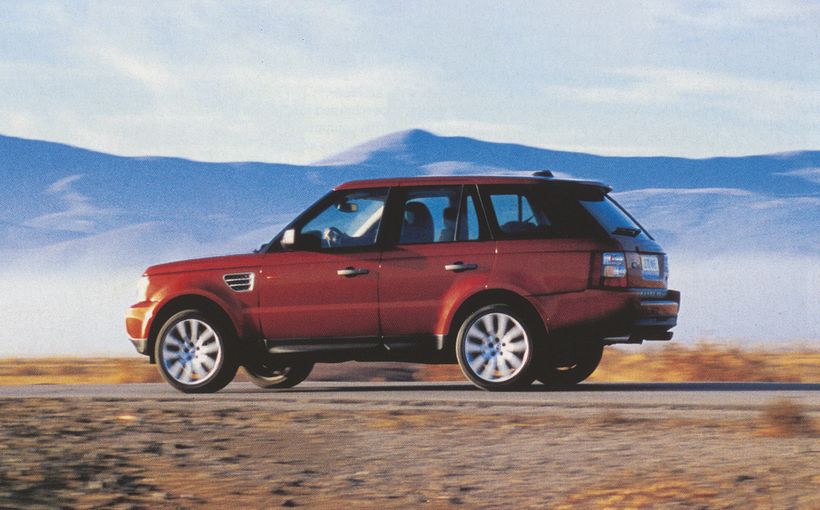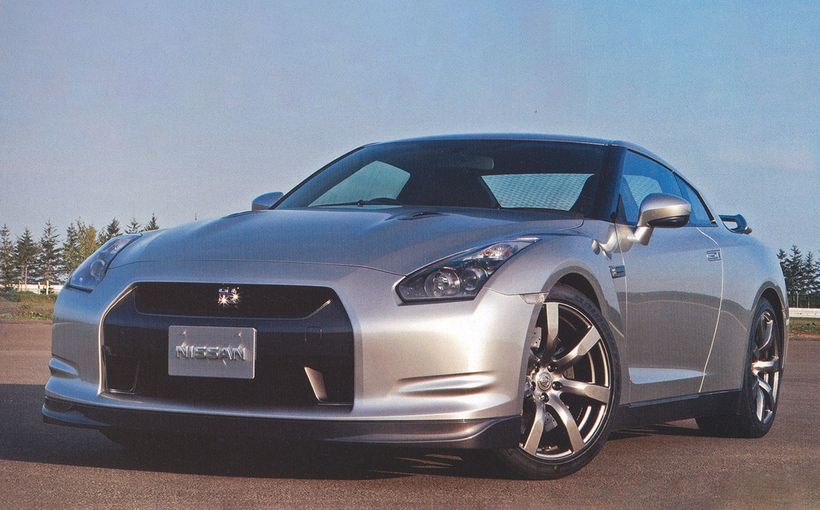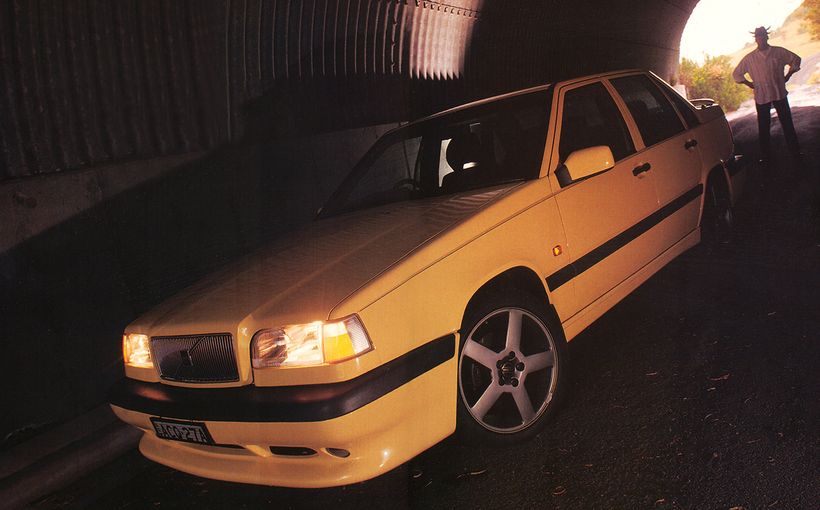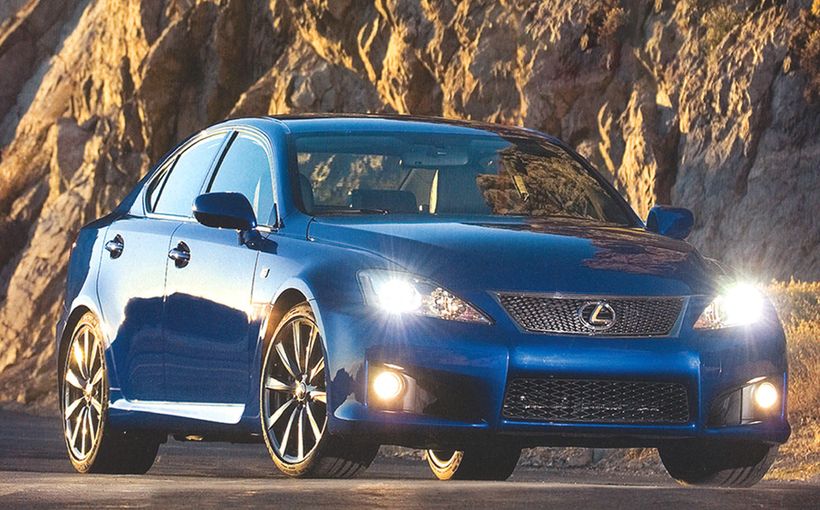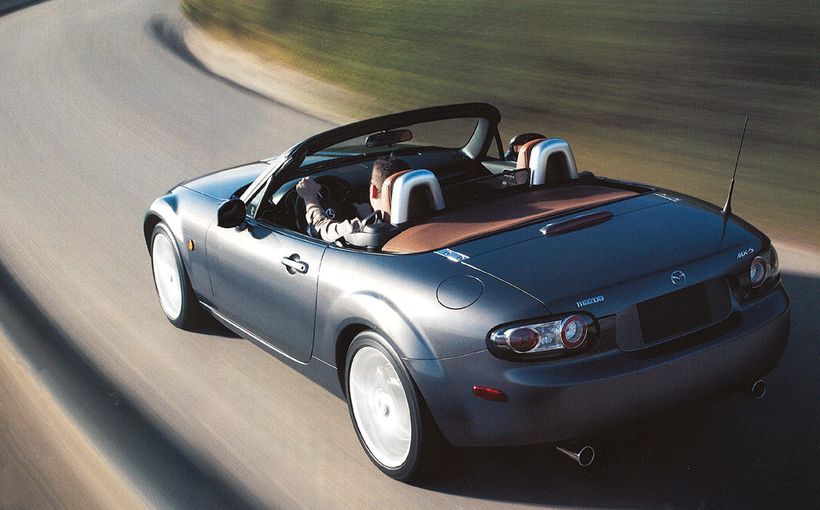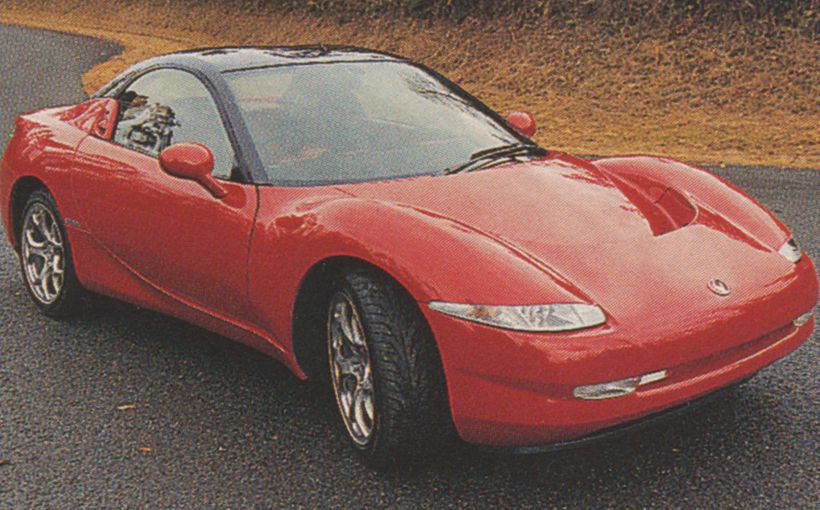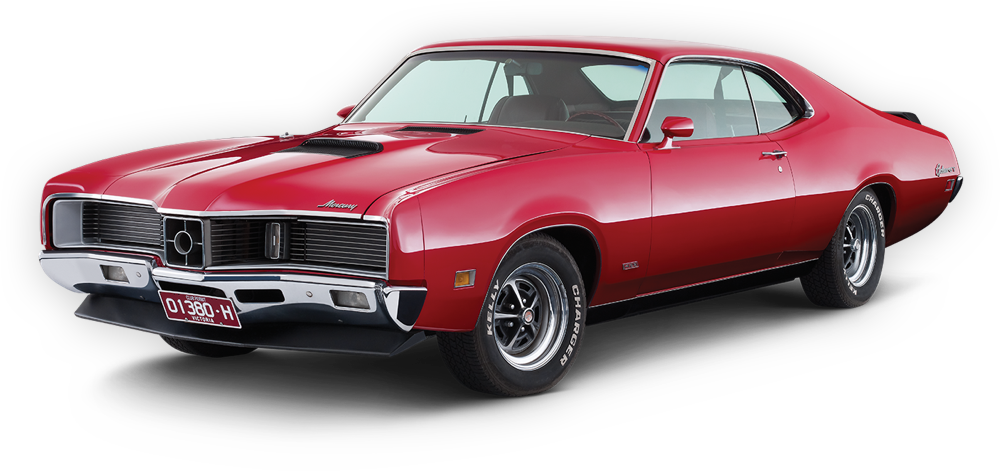Nissan Skyline GT-R: Killer Godzilla

Godzilla's back! And it's meaner than ever. Fully 1 8 months after the launch of the all-new Skyline range in Japan, cash-strapped Nissan has finally unveiled the successor to one of the world's finest sports coupes.
The good news is that Godzilla II is quicker than ever – Nissan insiders claim standing 400m times in the mid-13 second bracket and say the new car has lapped Nurburgring 21 seconds faster than the old one. The bad news is that Nissan is still dithering over whether to export its Porsche crushing supercar.
Its tortuous evolution hints at the turmoil within Nissan, which is still reeling from the collapse in sales and profits following the bursting of Japan's bubble economy.
And its dimensions - longer, wider, taller and heavier than the old car - are not clever in a business where, increasingly, smart car companies are finding less is more.
The reason is not sloppiness on the part of the GT-R engineering team, but cost – instead of having a unique platform, the Skyline range is now built on the same underpinnings as the larger, heavier, more luxurious Laurel (a Cressida competitor in Japan) to save money. That's why the new GT -R is 130 mm longer overall and rolls on a 1 OS mm longer wheelbase.

Nissan previewed the new GT –R alongside the rest of the Skyline range at the 1993 Tokyo Show. Every panel is brand new, though Godzilla II's styling is clearly evolutionary rather than revolutionary.
The muscular bulges over the wheel-arches and dual afterburner tail-lights are familiar Skyline call signs. Since Tokyo, Nissan has also rejigged the front grille and bumper assembly, and added a race-style four way adjustable rear wing.
Nissan claims the wing, the deep front spoiler and the subtle side skirts help the new GT -R achieve a Cd of 0.35, compared with the brick-like 0.40 of the old car. Not that you could tell the difference hot lapping the Ginza ...
To boost body rigidity, Nissan has added braces front and rear to tie the suspension strut towers together, a stiffening panel behind the rear seats, crossbars in a thicker floorpan, larger cross section centre pillars and stronger sills. The extra steel accounts in part for the GT-R's 1530 kg kerb weight- up 100 kg on the old car but Nissan has tried to make amends by stamping the bonnet and front guards in aluminium. The saving? 12 kg.

All new though eerily familiar, Godzilla II's interior has a new dash, new instrument binnacle - with fake carbon fibre around the dials - and a new airbag steering wheel. But the presentation of the centre console, with Its three auxiliary gauges - boost, oil temperature and torque split- and sound system pack, looks almost identical to that of the old car. You can have it in any colour you want - as long as it's dark grey.
If you want a real deja view, however, just lift the bonnet. The mighty 2.6 litre twin turbo RB26DETT in-line six looks like it has been lifted straight out of the old car - which is basically what happened.
There's a new oil filler cap, and a beautifully crafted race-style adjustable brace anchoring the front strut towers. But otherwise the engine bay is identical, right down to the graphics on the cam cover and plenum chamber.
Nissan claims the engine delivers the same power- 206 k W at 6800 rpm- as in the old car, but is unlikely to advertise an increase for fear of violating the Japanese industry's agreement to limit production car outputs to 221 kW.
The factory says the new car's extra performance comes from a three per cent increase in torque to 367 Nm at 4400 rpm, new lightweight ceramic turbochargers which enable the engine to spin more rapidly to the redline - and a trick new computerised four-wheel drive system which boosts traction.

The system is a development of the existing ATESSA E-TS electronically variable torque split transmission, which varies the amount of torque fed to the front wheels from zero to 50 per cent, depending on data from sensors monitoring vehicle speed and lateral force.
In simple terms, the car is set up as a rear-wheel drive, with torque being progressively fed to the front wheels as the rears break traction.
In the old car the system produced prodigious grunt out of corners with little of the understeer normally associated with four-wheel drive.
Former HRT driver Win Percy described it this way after a session with the car at Eastern Creek: "The initial turn-in is good, but until you've got the confidence it feels as though it's going to understeer quite badly.
"Through tight corners you can get the power on a darned sight earlier than in a two-wheel drive car. By playing on the racetrack, you can get the front-wheel drive to come in and out noticeably."

For the new car, Nissan has linked the ATTESA system with a new yaw-rate feedback Super HICAS four-wheel steering for more finely tuned cornering responses. The system first estimates vehicle motion corresponding to the driver's intentions from changes in wheel speed and steering angle.
At the same time, a sensor feeds the yaw rate back to the computer controlling the system for comparison with pre-programmed target values. The computer then adjusts the rear wheel steer angle.
Nissan claims the system enhances stability on rough roads and at high speed. Other upgrades to chassis hardware include the adoption of Brembo brakes all round and detail improvements to the multi-link suspension. The upper link of the front suspension is now a two arm fabrication for increased camber stiffness.
Rear suspension travel has been increased to improve tyre contact with the road.
Massive 17 inch alloys - up one inch from the old car - now run lower, wider 245/45ZR tyres.
But wait, there's more: range topping V spec GT-Rs get the new ATTESA ETS PRO system which integrates control of the driving and braking forces on all four wheels independently.

Key to this system is a computer controlled limited-slip cliff which combines with the four-wheel drive and steering electronics to ensure optimum traction under all conditions. V spec cars also get stiffer spring and damper rates for even better on-the-limit handling.
Such high technology chassis engineering combined with good old-fashioned attention to detail - Nissan even moved the battery to the boot to improve weight distribution - rather than a big increase in horsepower gives the new Skyline GT-R the edge over its illustrious predecessor.
Nissan quotes a standing 400m time of 13.5 seconds- running two up, with a full tank of fuel, at an ambient of 25 degrees C.
That's a full 0.4 secs quicker than the factory quoted time for the old car - and 0.2 sees under the time Wheels Correvit time in 1990. The queue starts here...

Go Back in time with the Wheel Archive. Get FREE access to 5 years of Wheels archive content now!
Protect your Nissan. Call Shannons Insurance on 13 46 46 to get a quote today.



